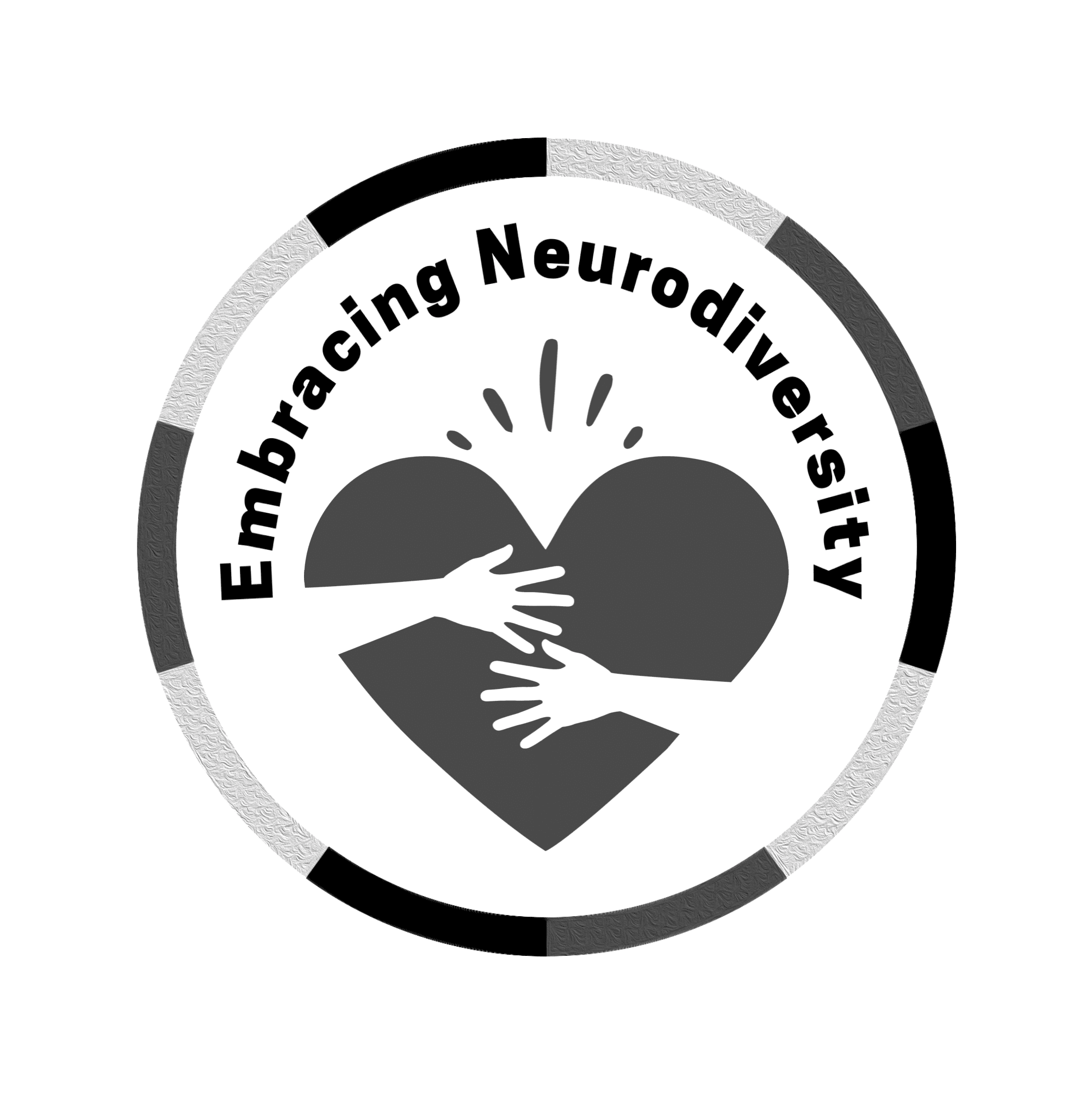Creating Inclusive Spaces for All
Enhancing Environments for Neurodiversity
Explore how thoughtful adjustments in physical and environmental aspects can foster a welcoming atmosphere for neurodiverse individuals within your congregation.
The Power of Environment
Supporting Neurodiversity Through Space
Physical and environmental elements play a crucial role in supporting neurodiverse individuals. By optimizing sound, lighting, and signage, we can create spaces that are not only accessible but also comforting and inclusive. These adjustments help reduce sensory overload, enhance communication, and promote a sense of belonging, ensuring that everyone can participate fully and comfortably in community activities.
Key Environmental Enhancements
Features for an Inclusive Experience
Sound Optimization
Implement sound-absorbing materials and adjustable acoustics to minimize echo and background noise, creating a calm auditory environment.
Adaptive Lighting
Use adjustable lighting systems to control brightness and color temperature, reducing glare and providing a soothing visual experience.
Clear Signage
Incorporate clear, easy-to-read signage with symbols and text to assist in navigation and reduce confusion for all attendees.
Flexible Seating
Offer a variety of seating options to accommodate different sensory needs and preferences, enhancing comfort and focus.
Quiet Zones
Designate quiet areas where individuals can retreat to decompress and recharge, ensuring a balanced experience.
Textured Surfaces
Use textured materials in key areas to provide tactile feedback and guide individuals through the space.
Color Schemes
Choose calming color palettes that reduce visual stress and create a harmonious environment.
Interactive Displays
Install interactive displays that provide information in multiple formats, catering to diverse learning styles.
Understanding the Process
Step 1
Assess the Environment
Begin by evaluating the current physical environment, focusing on elements like sound levels, lighting, and signage. Use our assessment tool to identify areas that may need adjustment to better support neurodiverse individuals.
Step 2
Implement Adjustments
Based on the assessment, make necessary changes such as reducing noise, optimizing lighting, and improving signage. These adjustments aim to create a more inclusive and comfortable space for everyone.
Step 3
Continuous Evaluation
Regularly review the environment and gather feedback from neurodiverse members to ensure ongoing improvements. This step ensures that the space remains welcoming and supportive over time.
Empowering Ministry Leaders
Resources for Inclusive Spaces
Our comprehensive collection of resources is designed to assist ministry leaders in transforming their spaces to be more inclusive for neurodiverse individuals. Explore our guidelines, tools, and best practices to create an environment that embraces diversity and fosters a sense of belonging.
Common Inquiries
We address frequently asked questions to help you better understand how to create neurodiverse-friendly environments within your congregation.
Why is lighting important for neurodiverse individuals?
Lighting can significantly impact neurodiverse individuals, as some may be sensitive to bright or flickering lights. Adjusting lighting can help create a more comfortable and less distracting environment.
How can sound levels affect neurodiverse members?
Excessive noise can be overwhelming for some neurodiverse individuals. Implementing sound-dampening measures and creating quiet zones can help reduce stress and improve focus.
What role does signage play in accessibility?
Clear and consistent signage helps neurodiverse individuals navigate spaces more easily, reducing anxiety and enhancing their overall experience.
How often should we reassess our environment?
Regular reassessment is crucial. We recommend evaluating your space every six months and after any significant changes to ensure it continues to meet the needs of neurodiverse members.
What resources are available for making these changes?
Our website offers a variety of resources, including assessment tools, guidelines, and expert advice, to help you implement effective changes in your environment.
How can we involve neurodiverse members in the process?
Engage neurodiverse individuals by seeking their feedback and involving them in decision-making processes. Their insights are invaluable in creating a truly inclusive space.
Enhance Your Space for Neurodiversity
Take the first step towards creating an inclusive environment for all by evaluating your physical space. Our resources guide you in optimizing sound, lighting, and signage to better support neurodiverse individuals. Begin your journey to inclusivity today!


